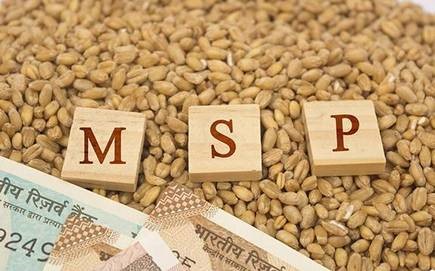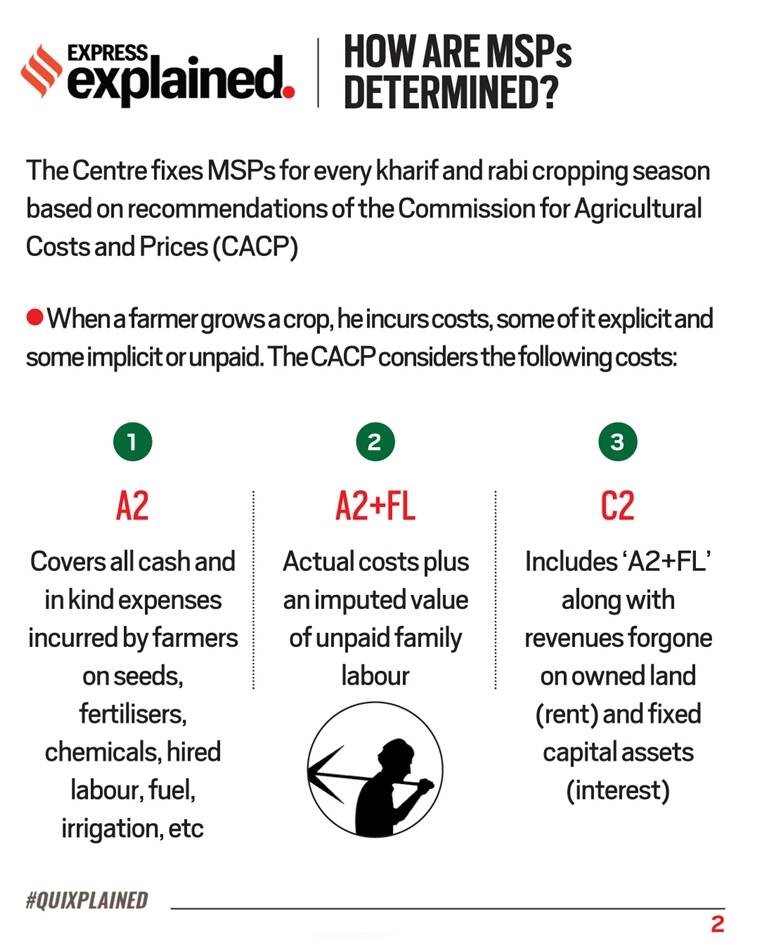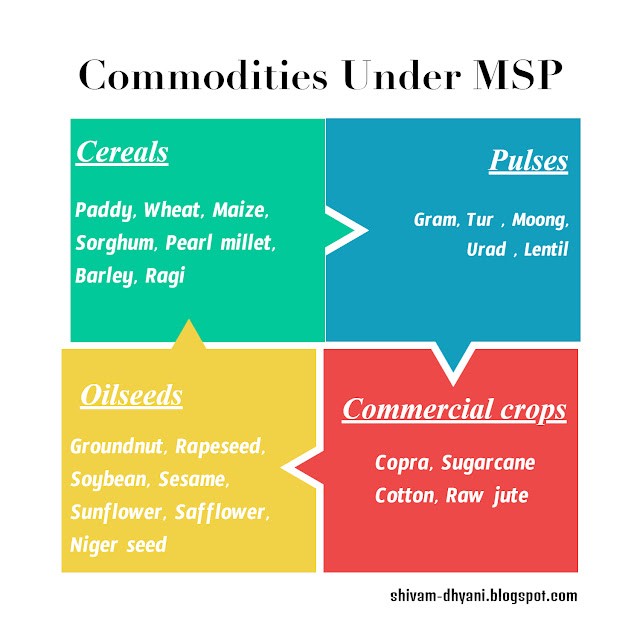Free Courses Sale ends Soon, Get It Now


Free Courses Sale ends Soon, Get It Now



Disclaimer: No Copyright infringement intended.
Context
About
What is MSP?
Details
Calculating MSP

Procurement

Current Status of MSP
Pros of MSP
Cons of MSP
Way Ahead
https://pib.gov.in/PressReleseDetail.aspx?PRID=1738230
https://pib.gov.in/PressReleasePage.aspx?PRID=1753109
© 2024 iasgyan. All right reserved